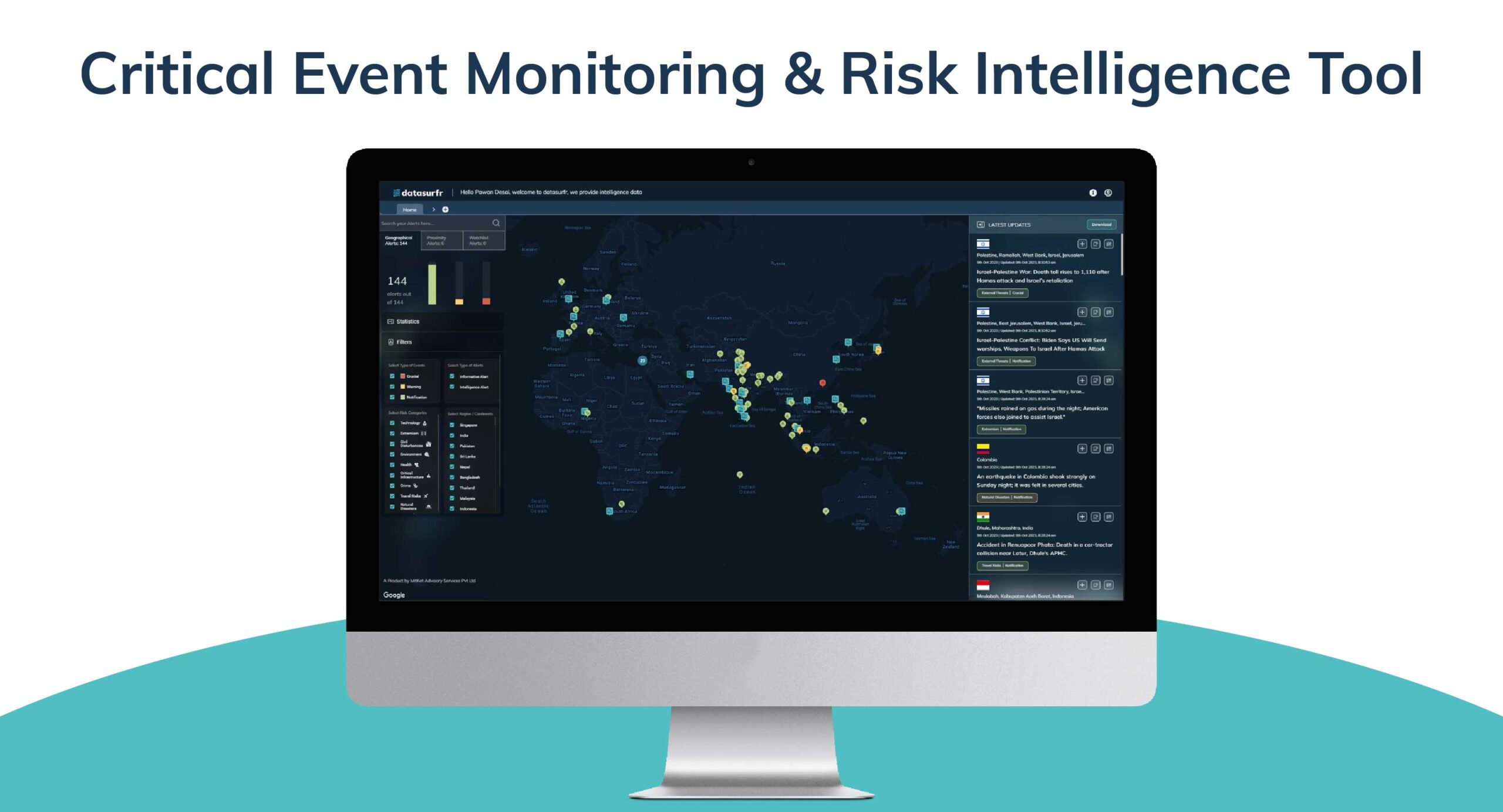Locations Affected: Peru
On 18 September, Peruvian President Dina Boluarte declared a 60-day State of Emergency in the regions of San Martín, Ucayali, and Amazonas, which have been severely affected by forest fires. Approximately 240 fires have been reported since August in 22 regions, with over 80 percent of them controlled by 17 September. However, dry weather and winds pose a risk of reigniting the fires.
Reason for the wildfires
Forest fires are common in Peru from August to November, primarily due to farmers burning grasslands to expand agricultural land and land traffickers’ activities. Authorities have also noted that reduced rainfall, attributed to climate change, has contributed to the increased frequency of fires.
Impact of the wildfires
- The State of Emergency will allocate more resources to combat the wildfires and give regional governments the flexibility to make necessary budget modifications to address the emergency. President Boluarte has urged farmers to stop burning grasslands to prevent the spread of fires.
- According to the National Institute of Civil Defense, 2,300 hectares of farmland have burned, 18 people have died, and 150 have been injured as a result of the fires since July.
- As of 20 September, there are 46 active fires in the country, with Amazonas, Ancash, and San Martín reporting the highest numbers. The regions most affected include Amazonas, Ancash, Arequipa, Cajamarca, Cusco, Lambayeque, Huánuco, Pasco, Piura, San Martín, Tumbes, and Ucayali.
- The Peruvian Air Force and Army have increased efforts to extinguish the forest fires.

Active Fires in Peru, Source: https://www.globalforestwatch.org/dashboards/country/PER/?category=fires
Potential disruptions due to the wildfires
The wildfires in Peru may intensify, particularly in remote locations that are difficult to access. Infrastructure damage could lead to power outages and disruptions in communication. Authorities may issue evacuation orders and travel restrictions including road closures and disruptions to air travel due to smoke. Additionally, air quality in affected areas may deteriorate, increasing health risks. Organizations are advised to stay updated on the situation and prepare necessary contingency plans.


